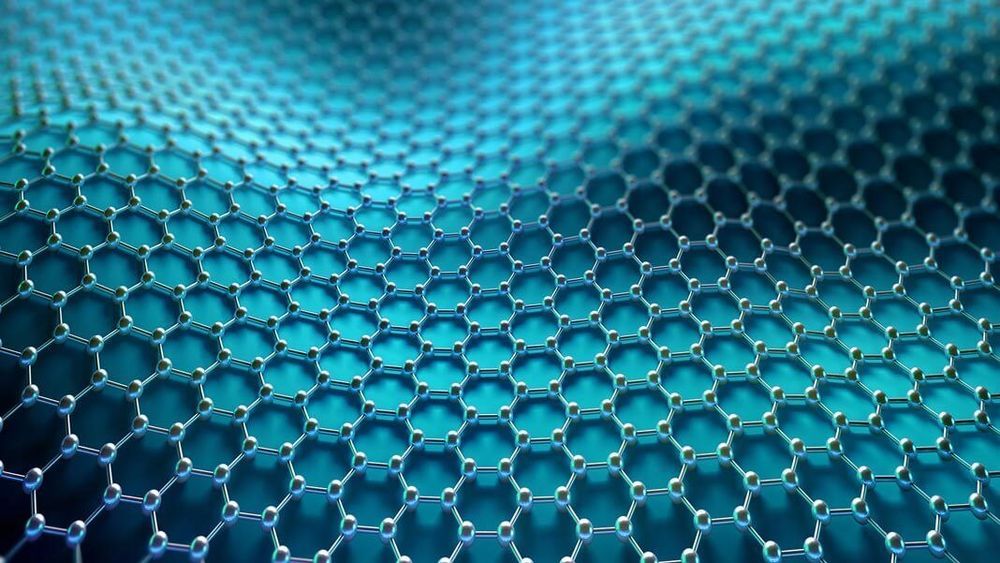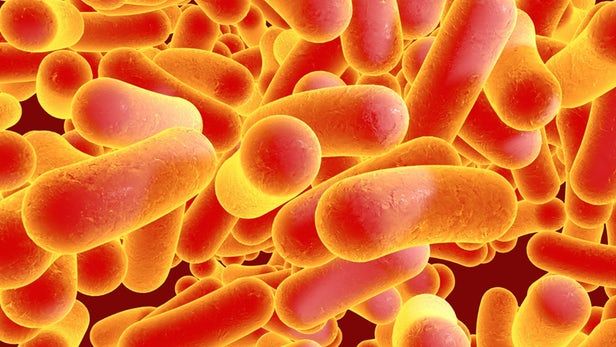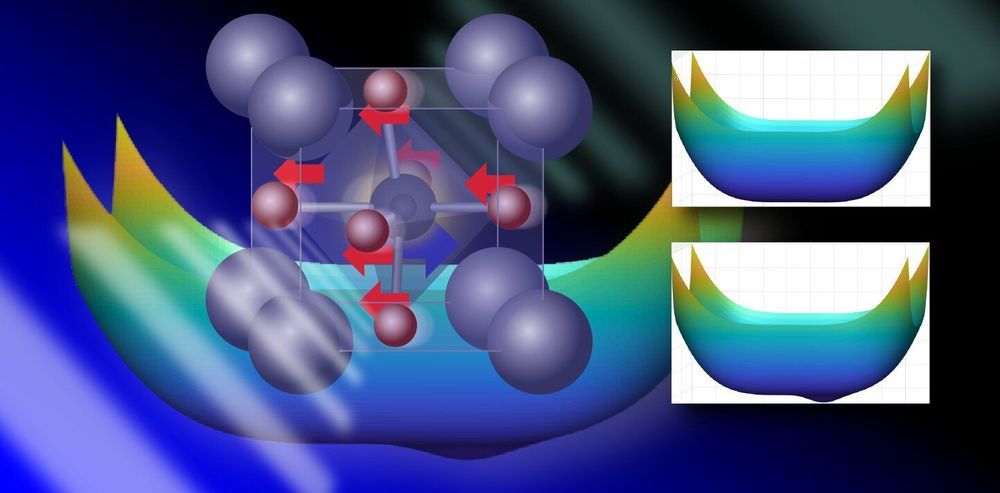Page 7881
Jun 14, 2019
Adobe Shows Off First Research for Tools to Detect Manipulated Photos
Posted by Genevieve Klien in category: futurism

Photoshop has long been one of the primary sources of manipulated photos and imagery, so in an attempt to counter the fake news epidemic, Adobe has also started developing tools that can both detect when an image has been manipulated, and reverse the changes to reveal the original.
This is far from the first time Adobe has come up with ways to try and counter misuse of its products. Already built into Photoshop are image recognition tools that prevent scans or photos of certain bank notes from being opened at all, although it’s far from foolproof. This new detection tool has also been designed with a hyper-specific task: to detect when a face has been warped and subtly manipulated using Photoshop’s own Face Aware Liquify tool which makes it relatively easy to change the size of someone’s eyes, nose, mouth, or entire face.
Continue reading “Adobe Shows Off First Research for Tools to Detect Manipulated Photos” »
Jun 14, 2019
Better Memory Through Electrical Brain Ripples
Posted by Genevieve Klien in category: neuroscience
A study in mice shows improved cognitive performance when these bursting signals move around memory circuits.
- By Simon Makin on June 14, 2019
Jun 14, 2019
Wild New Discovery Shows How We Can Switch Majorana Fermions On And Off
Posted by Shailesh Prasad in categories: computing, particle physics, quantum physics
The particle known as a Majorana fermion is as mysterious and uncontrollable as it is unique. It’s the only known particle that is also its own antiparticle, and has properties that make it an alluring candidate for qubits, the basic unit of information in a quantum computer.
Harnessing that potential, however, is easier said than done — Majorana fermions are slippery little suckers. But a team of particle physicists now reports they’ve found a way to control them.
“We now have a new way to engineer Majorana quasiparticles in materials,” said physicist Ali Yazdani of Princeton University. “We can verify their existence by imaging them and we can characterise their predicted properties.”
Continue reading “Wild New Discovery Shows How We Can Switch Majorana Fermions On And Off” »
Click on photo to start video.
These 7 exoskeletons are making the world easier to navigate.
Continue reading “These Are The Most Helpful Exoskeletons” »
Jun 14, 2019
Graphene (With a Twist) Is Helping Scientists Understand Superconductors
Posted by Shailesh Prasad in categories: nuclear energy, particle physics
Layers a single atom thick are naturally lightweight, yet also surprisingly tough and flexible. This led to initial speculation for graphene being used as the ideal building material or protective body armor of the future. Yet it is the electrical properties of graphene, which arise from the unique behavior of electrons in such a thin layer, that have led to the first use cases for graphene in sensors and LEDs. Superconductivity, on top of everything else, is the icing on the cake for this remarkable material.
A Physicist’s Playground
Of course, twisted bilayer graphene (TBG) is not the first substance to exhibit superconducting properties. Superconductors, which can, amongst other things, generate extremely high magnetic fields without losing energy to electrical resistance, are already widely in use. Striking examples include the magnets at ITER, the world’s largest fusion device, currently under construction.
Continue reading “Graphene (With a Twist) Is Helping Scientists Understand Superconductors” »
Jun 14, 2019
Slug Saves Satellite Cells from Senescence
Posted by Steve Hill in category: biotech/medical
In a new study, researchers have found that the zinc-finger transcription factor Slug is responsible for repressing p16Ink4a, a compound that promotes senescence in human tissue. The researchers suggest that Slug is worth exploring as a treatment for sarcopenia [1].
Satellite cells
Satellite cells are specialized stem cells that form new muscle cells when the muscle is injured [2]. Populations of satellite stem cells remain quiescent in normal muscle tissue, only becoming activated through physical damage of some sort. This allows the tissue to heal properly, restoring function and allowing for natural regeneration. However, in both humans and mice, old age leads to increased p16Ink4a, which causes defects in this regeneration [1].
Continue reading “Slug Saves Satellite Cells from Senescence” »
Jun 14, 2019
Superbug gene that resists “last resort” antibiotics detected in US for the first time
Posted by Genevieve Klien in category: biotech/medical
Antibiotics were one of the most important scientific developments of the 20th century, helping to easily control bacterial infections and make previously life-threatening procedures and illnesses safe. But inversely, they might also be one of the biggest medical issues of the 21st century, as bacteria evolve resistances to our best drugs. Now, a bacterial gene that grants resistance to “last resort” antibiotics has been detected in a patient in the US, for the first time.
Jun 14, 2019
Revealing ‘hidden’ phases of matter through the power of light
Posted by Genevieve Klien in categories: materials, particle physics
Most people think of water as existing in only one of three phases: Solid ice, liquid water, or gas vapor. But matter can exist in many different phases—ice, for example, has more than ten known phases, or ways that its atoms can be spatially arranged. The widespread use of piezoelectric materials, such as microphones and ultrasound, is possible thanks to a fundamental understanding of how an external force, like pressure, temperature, or electricity, can lead to phase transitions that imbue materials with new properties.
Jun 14, 2019
Origins of Saturn’s rings are uncovered thanks to NASA’s Cassini probe
Posted by Alberto Lao in categories: particle physics, space

Exactly how and when the Saturn’s rings formed is an issue that has fascinated astronomers and planetary scientists for centuries.
The rings are made mostly of particles of water ice that range in size from smaller than a grain of sand to as large as mountains.
Continue reading “Origins of Saturn’s rings are uncovered thanks to NASA’s Cassini probe” »
















